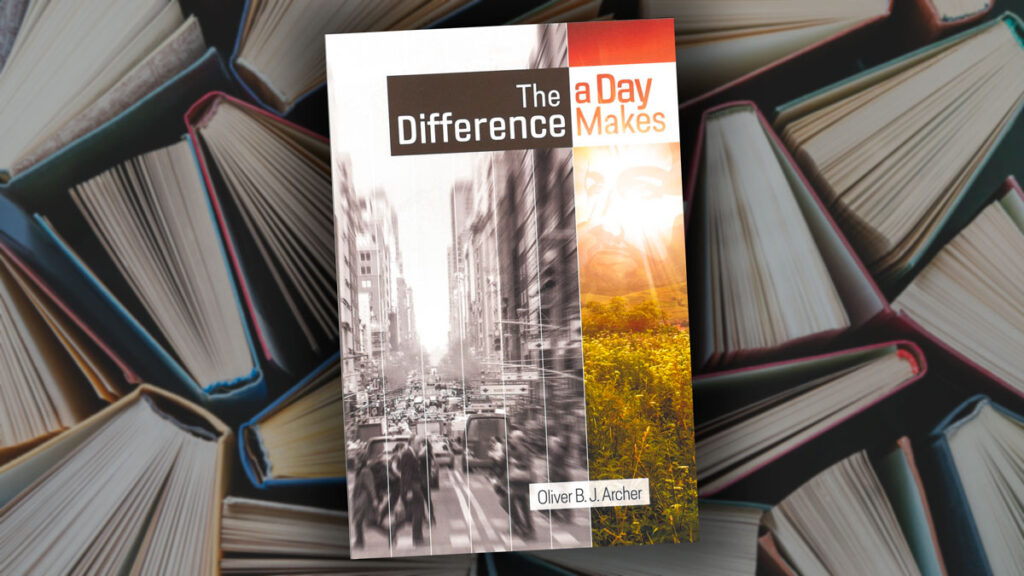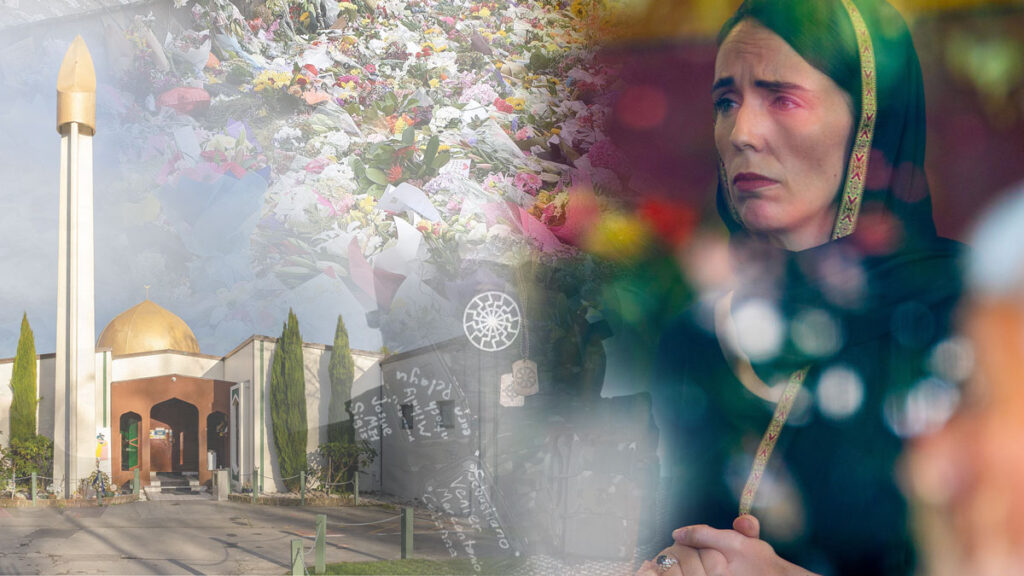There is currently a lot of discussion about equality. Some advocate that everyone and everything should be treated equally. In addition, there is a trend to resist diversity and have everyone become the same. But what equals what? Being equal needs to have material sameness. It is equal with what, to what or between whom. Even though two things can both be of equal value, they are not necessarily equal. Equality needs to be precisely the same. Similarity is not enough.
Creation
When discussing the complexities of creation, Paul, in 1 Corinthians 12, introduces the body image into a discussion of ministry within church. Paul identifies the values of sameness and difference. In his initial illustration, he discusses the foot and the hand (v15), and the ear and the eye (v16). In each pair, the components belong to the same body system: the foot and the hand to the transport system; and the eye and the ear to the sensory system. Even where the systems are the same, the individual components are different, serving complementary functions. Interestingly, because of the similarities in function, Paul projects feelings onto these components, when viewing the other, by imagining them saying, “I don’t belong!” It was as if they were inferior victims which, although included, didn’t perceive that they were integrated.
In his subsequent illustration, Paul discusses the eye and the hand, and the head and the feet (v21). Each pair belongs to different body systems: the eye to the sensory system and the hand to the transport system; and the head to the coordination of all systems and the feet to the transport system. Naturally, where the systems are different, the individual components will be different, serving diverse functions. Interestingly, Paul also imagines the feelings of these “superior” components, which, when viewing the other, say “I don’t need you”. It was as if they were superior villains whose actions isolated others and prevented them from feeling included.
However, Paul concludes this discussion by noting that all of us are the body of Christ (v 27). In this model, isolation is not acceptable. What is needed is intentional synergistic integration. This is not a struggle for power but a call to service. I belong and you belong. God has arranged us. I need you and you need me. God has brought us together.
Far from advocating the reduction of everything to the lowest common denominator of equality and uniformity, this passage is a celebration of diversity in the context of mutual respect and common unity. Difference is the spice of life. In creation, God has given us so many different shapes, colours and sizes. Reducing everyone and everything to uniformity is contrary to God’s creation. We are more than mass-produced machines. Even robots with artificial intelligence have variations!
Not only is this true for bodies, it is also true in families. Every child is different—even identical twins. Everyone has a variety of physical features such as height, shape and colour, with some aspects unique. This is why fingerprints and facial recognition software can be used for identification. Everyone also has a different personality with their own favourite likes and dislikes. There may be hereditary or environmental similarities but everyone is unique. Consequently, wise parents will treat their children equitably (even-handedly), not equally. There is no one-size-fits-all manual for parenting. It’s all about applying the same principles to different children in different contexts. [pullquote]
Machines
For Qantas there are many similarities between an Airbus A3801 and a Dash 82. In terms of sameness, both are planes with wings, motors, navigation and communication systems, seats, wheels, etc. However, an A380 has four jet engines, while a Dash 8 has two turbo-props. An A380 is a wide-bodied, double-decker, double-aisled plane capable of seating 853 people (all economy configuration), while a Dash 8 is a narrow-bodied, single-decker, single-aisle plane capable of seating 86 (Q400 configuration). The speed, altitude, load and range of these aircraft will be different. The qualifications and experience of the flight crew will be different. The number of cabin crew will be different. The cost of operation of each aircraft is different. So the list goes on. Although both planes are fit for their purpose and at times could even fly some of the same routes, they also have unique features that determine their essential purpose. As the sameness is limited, these planes are only similar and not equal. For example, I am confident that if Qantas had a Dash 8 broken down, it is extremely unlikely that they would send an A380 as a replacement or vice versa.
Media perspectives
Yet when we compare ourselves to the airbrushed models popularised by the media and revered by society, we can devalue our uniqueness. We are tempted to interfere with nature and conform to these expectations and try to imitate what we think will be the ideal. Some have spent thousands trying to imitate the Barbie doll.3
Modern technologies, without always knowing the consequences, have provided options for facilitating or controlling fertility and reducing mortality by overcoming diseases often induced by lifestyle. What may have started as a noble commitment to improving the quality of life has at times been applied to control the beginning and end of life, and change the essence of humanity in between. It is as if we are subscribing to a humanistic perspective and choosing to play God and build our world in the image of ourselves and not the image of God. These developments have created many of the current ethical dilemmas. For example, gender fluidity is only possible because of advances in medical science and practice—hormone treatment, reassignment surgery etc, and even then it has limitations in reversibility!
Conclusion
After two decades of popularising the differences between men, who come from Mars, and women, who come from Venus,4 as a means of enhancing the mutual respect of differences, it appears the latest fad is to reject these psychologically-based insights and replace them with a philosophical egalitarian reductionism.
It is time we, as a community, embraced our diversity and advocated equitability and mutual respect instead of equality and uniformity. Just like an orchestra is richer when different instruments come together and contribute their unique strengths to creating harmonious music, so humanity is richer when we can celebrate all of our diversity.
Dr Steve Currow is communication director, religious liberty liaison and ministerial secretary for the South Pacific Division.






